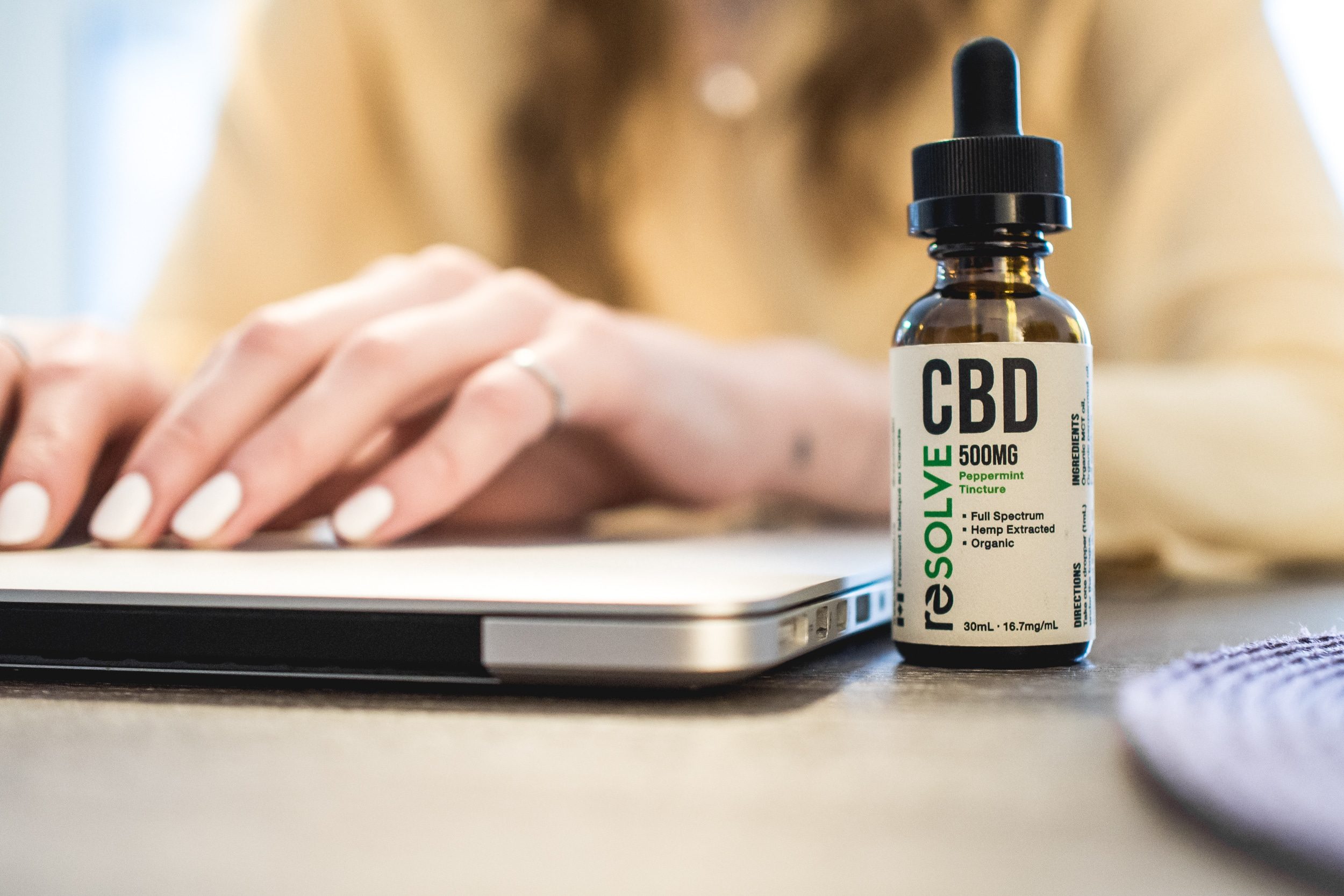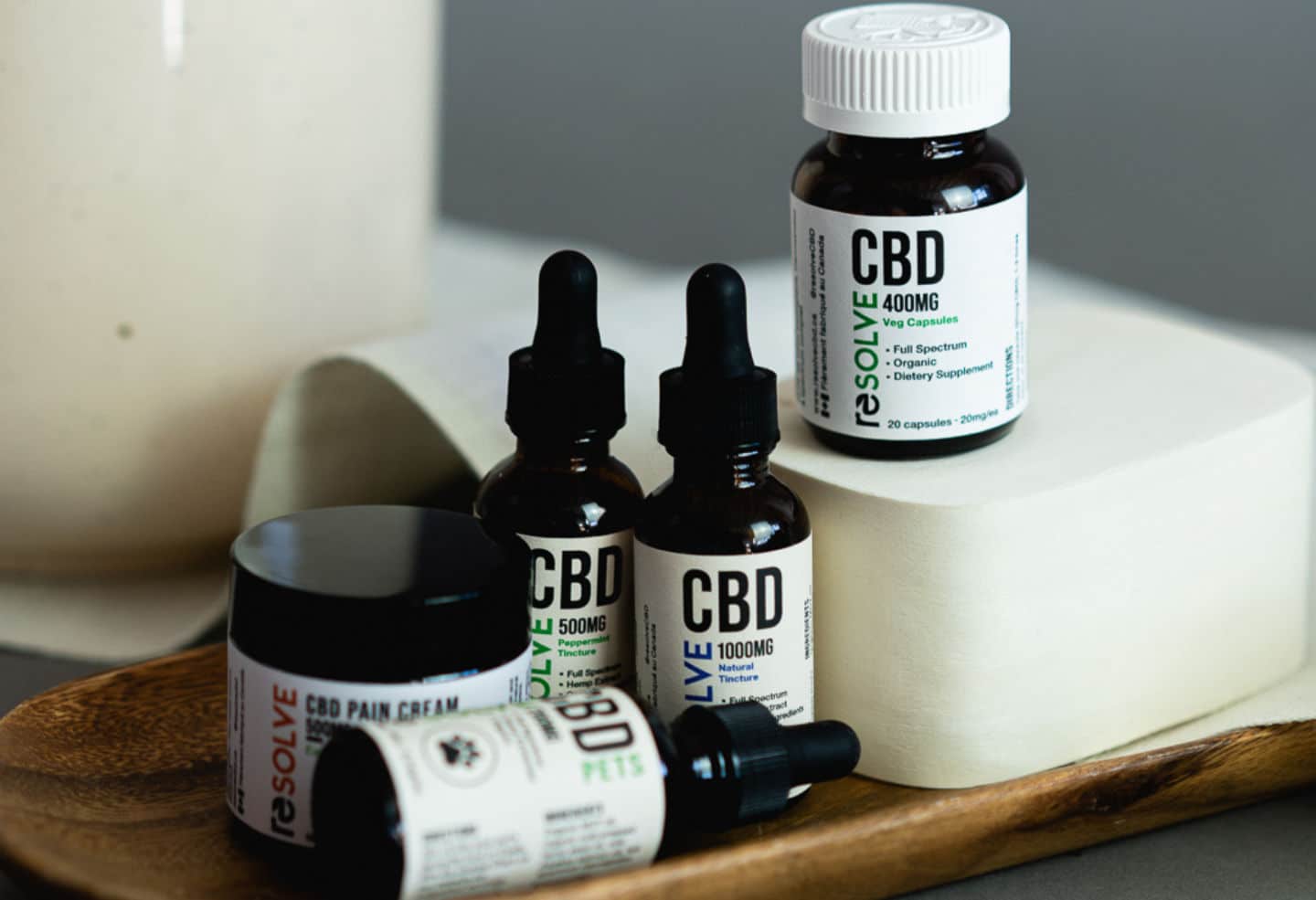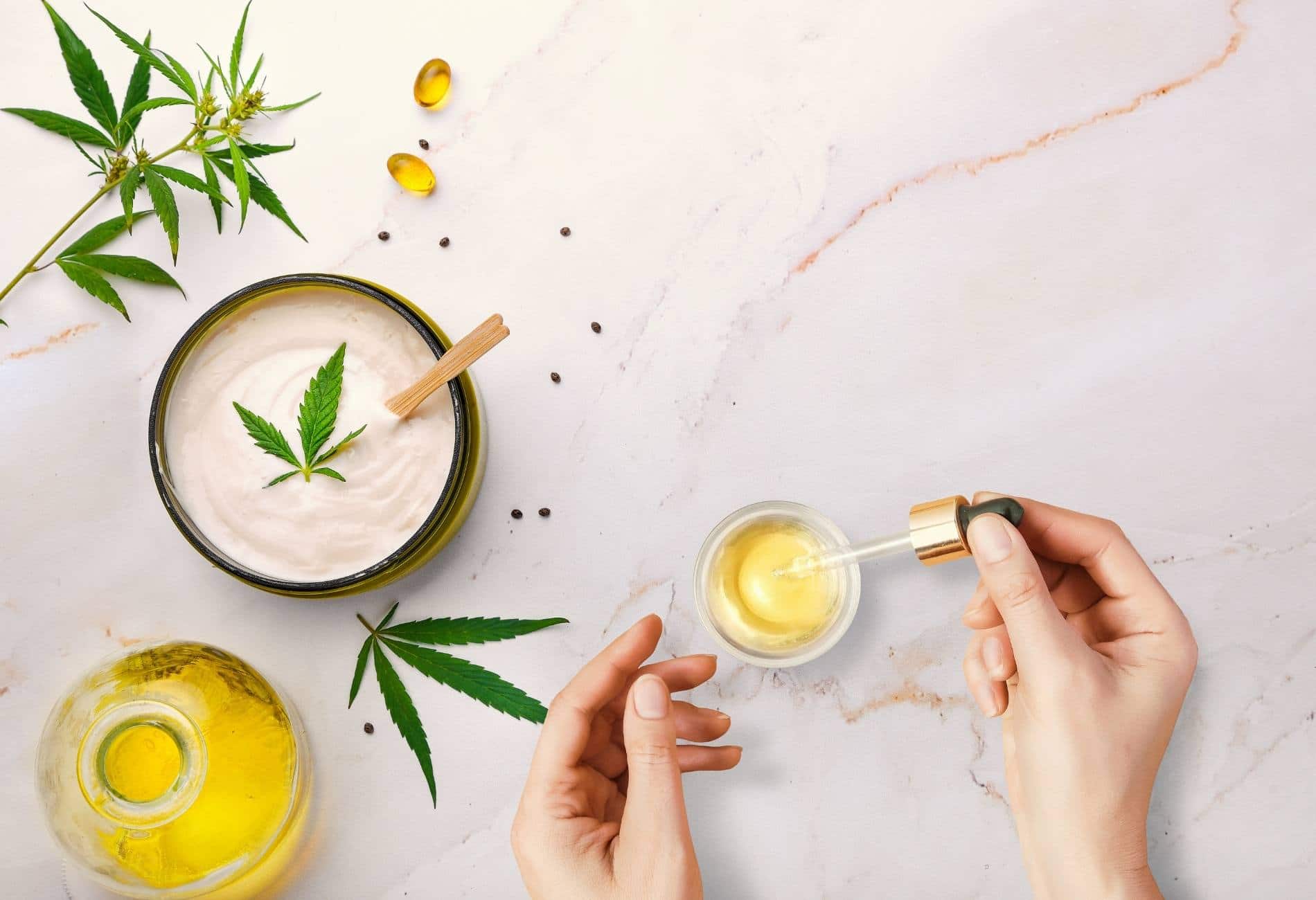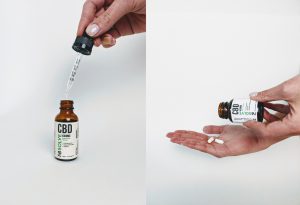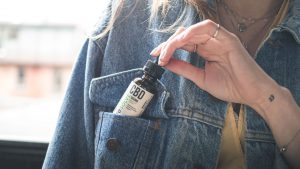A complete guide to CBD extraction methods
Reading Time: 6 minutes
In order to produce the CBD products that are permeating industries like health, wellness, and beauty, CBD must first be extracted from the plant that carries it. Of course, not all CBD extraction methods will yield the same results, and some methods are safer and more effective than others. Here we will cover solvent extraction, oil extraction, and CO2 extraction, as well as the benefits and drawbacks associated with each. Although there are many more processes that draw out CBD from the plant, these are the most popular and widely-accepted methods.
The Cannabis plant has incredibly versatile uses due to the various compounds, or cannabinoids, of which it is comprised. Cannabidiol, better known as CBD, is one of those chemical compounds, and is the second highest forming compound in cannabis, next to THC (Tetrahydrocannabinol). Unlike extractions from traditional cannabis however, when CBD is extracted from hemp plants it doesn’t contain THC and is therefore non-psychoactive, meaning there are no intoxicating effects. Rather, it is used to relieve pain, assist in muscle recovery, combat anxiety, revitalize your skin, among other benefits.
Contents
CBD extraction methods
Solvent Extraction
As suggested by its name, solvent extraction uses solvents to separate the CBD oil from the plant. Running a liquid solvent through decarboxylated plant matter creates a mixture of CBD oil and solvent. This process removes and carries the cannabinoid and terpene content from the plant. The solvent then evaporates and leaves behind pure CBD oil. This method can use either hydrocarbons or natural solvents and is one of the more efficient and cost-effective methods of extraction as it requires little in terms of equipment.
The drawbacks of using this CBD extraction process, however, are many.
For one, using hydrocarbons can be highly dangerous because of the highly flammable chemicals involved. If used incorrectly there is a risk of injury, therefore, use of these solvents should be left to professionals operating in a lab.
In addition to this risk, hydrocarbons including butane, propane, naphtha, or petroleum are harmful to the body of the end user. Any residue of these toxins can increase the chance of developing cancer. As such, the extraction process must ensure that these chemicals are fully eliminated in the evaporation process; unfortunately, the solvent extraction process is not always exact. Studies have indeed found traces of hydrocarbon residue in some CBD products that employed a solvent extraction method.
Another drawback of this CBD extraction method is that it strips the plant of waxes, chlorophyll, and other useful plant matter. The result can be a darker, thicker, and lower-grade CBD oil. For these reasons, reputable CBD brands steer clear of this method of extraction for the most part.
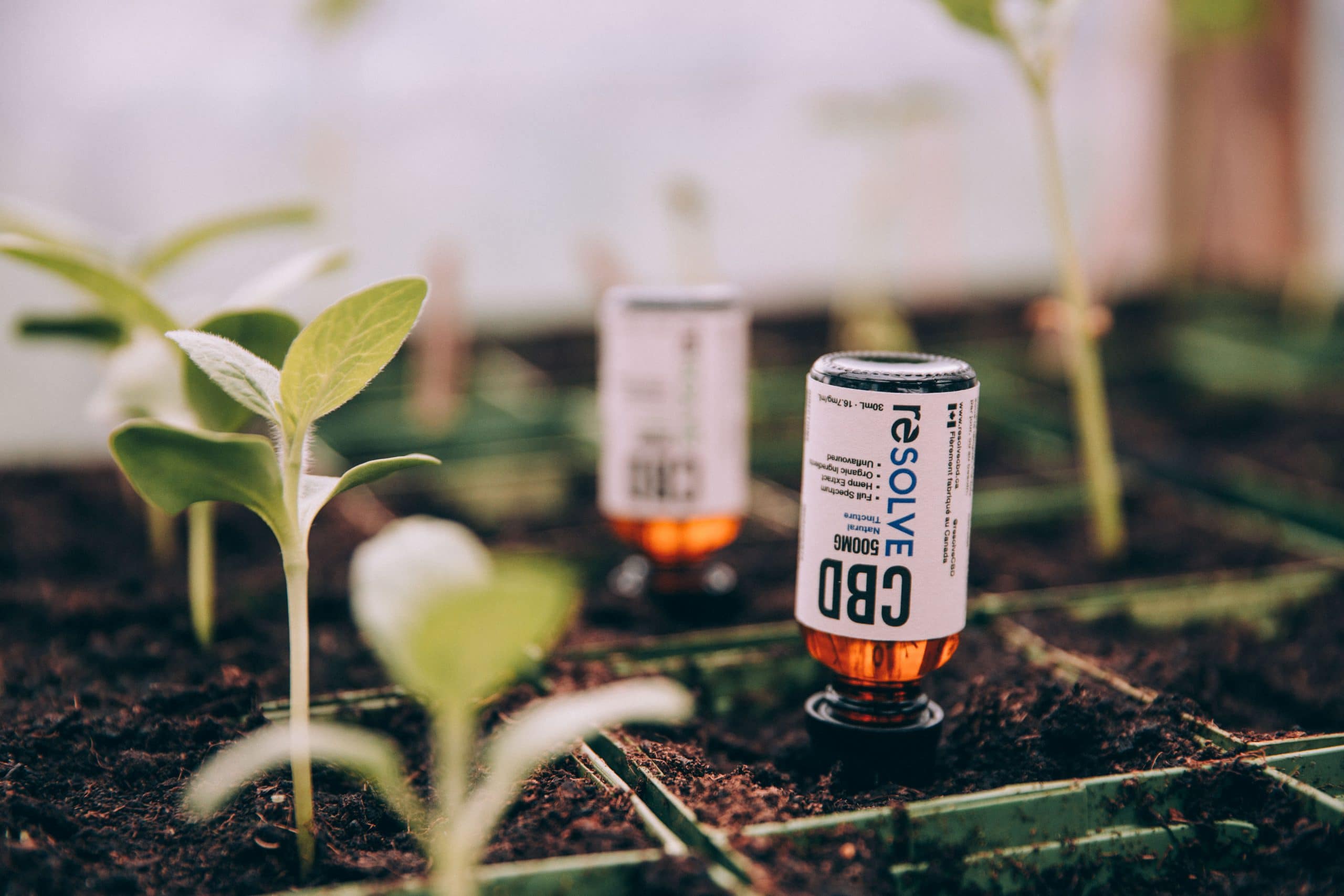
Oil Extraction
Oil (commonly olive oil) is also a solvent, which means that this method of CBD extraction is almost identical to the solvent extraction described above. The decarboxylated plant is heated in olive oil for a few hours as opposed to being soaked in hydrocarbons. In that time, the CBD and other cannabinoids in the plant attach themselves to the fats in the oil and create a mixture. Once the oil is cooled, the remaining plant matter can be filtered out to achieve a CBD-infused oil.
The chief difference between hydrocarbon extraction and olive oil extraction is that olive oil, unlike hydrocarbons, is a natural solvent which eliminates the risk of toxic residue. If you’ve ever wondered about how to extract CBD oil, it’s possible to DIY the process—olive oil extraction is a viable at-home method for those who have basic kitchen skills and are interested in experimenting.
Natural solvents are just as effective at extracting CBD oil from the plant material, however, natural solvents also have several pitfalls. Some natural solvents will also extract chlorophyll, which will give the oil an unpleasant taste if ingested. If the CBD is intended to be delivered in a capsule or used topically, the removal of chlorophyll is irrelevant. However, many CBD products are meant to be eaten or inhaled and the elimination of chlorophyll will make the experience unpleasant for the consumer. The most pressing issue when it comes to natural solvents, however, is their reluctance to evaporate. As a result of this, the CBD oil will be less potent than with other CBD extraction methods.
CO2 Extraction
As far as achieving the highest grade CBD oil, CO2 is undeniably the best method of extraction currently on the market. Although the CBD industry has yet to establish official regulatory guidelines, it is safe to say that CO2 extraction is rapidly becoming the standard among reputable CBD brands.
There are three types of CO2 extraction: supercritical, subcritical, and mid-critical. The difference between them lies in the level of intensity of the extraction and the amount and size of plant molecules extracted. Both the subcritical and mid-critical CBD extraction methods eventually produce a full-spectrum CBD oil, however, the supercritical method will extract the purest oil. For this reason, it is the most commonly-used of the three and used by resolveCBD.
In the supercritical method, CO2 is used as a solvent and is manipulated using specialized equipment with extreme cold temperatures so that it enters what is called a “supercritical state”, meaning it possesses the qualities of both a liquid and a gas. In a process called fractionation, the CO2 is pumped through the plant at multiple temperatures and in varying angles so as to dissolve terpenes and cannabinoids at their respective solubilities. CO2 can extract most effectively in this state because it does not cause damage to the plant or compounds within. This method is the safest means of extraction because it does not require the use of additives that may contaminate the oil and potentially pose health risks. For companies who produce CBD products on a large-scale, the CO2 extraction method is the most economical option because CO2 can be reused. However, this method is an industrial process and given the equipment involved, isn’t financially feasible for anyone but those dedicated to the manufacturing of CBD products.
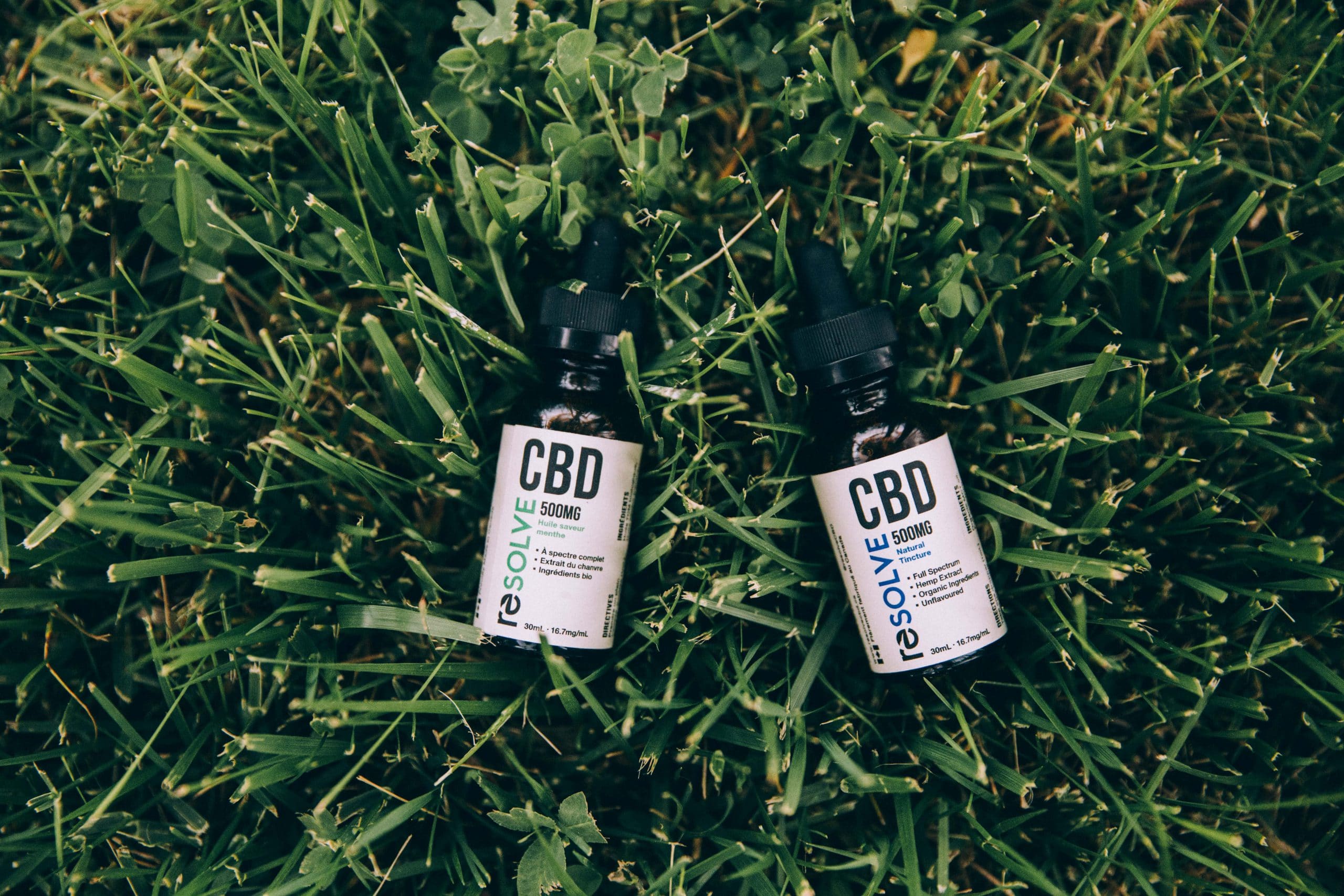
What happens after CBD extraction?
After extraction, the resultant oil mostly resembles a crude oil, so how is CBD extracted? Winterization and filtration are the next steps of the process, which then produce a full-spectrum CBD oil. Full-spectrum CBD oil contains nearly all of the compounds that are naturally present in the plant. However, hemp has a negligible THC content—less than 0.3% dry weight, so CBD oil extracted from this plant will only contain trace amounts of the THC (which is why it is non-psychoactive.)
Winterization
Winterization is a core step in the process of producing commercially viable CBD. Since the resulting oil after the extraction process is a kind of crude oil, winterization transforms this oil into a full-spectrum CBD oil. It does so by removing lipids, which are fatty acids that cause an extract to be waxier, softer, and more cloudy. As the melting point of lipids is higher than the extract, if it is not removed, it can diminish the flavour and cause the final product to be less pure. Winterization dissolves this extract oil into another solvent, like ethanol, and places it in extreme, sub-zero temperatures. As lipids are lower in solubility in the sub-zero solvent, they will float to the top. As soon as this separation occurs, the lipids can be filtered out of the extract.
The extraction process also has an impact on what occurs during winterization. As such, cold ethanol (natural solvent extraction), BHO extraction (hydrocarbon extraction), and CO2 extraction, will all have differing effects on the amount of plant fats that are picked up. For instance, while cold ethanol extraction is the best method for minimizing the fats in the extract, CO2 extraction is known for pulling the most fats from the plant.
A note on Certificates of Analysis
A Certification of Analysis, or COA, is a document that is issued by an accredited laboratory containing a complete list of the composition of the product that is being sold. As far as CBD goes, a Certification of Analysis should contain a list of all cannabinoids, terpenes, microbiological levels, and potential contaminants including pesticides, heavy metals, or solvent residue. A COA is an essential document because it is a testament to the reliability of the product and demonstrates transparency of a company’s product. When a product is on the market, and especially one that is part of a relatively new industry that is lacking in structured regulation, it can be a challenging task for the consumer to determine its quality and whether it meets individual requirements. To avoid any kind of deception it’s critical to be as well-informed as possible, and attaining a COA will arm you with the knowledge to make an informed purchasing decision. resolveCBD offers COAs for all products, readily available here.
Whatever your preference, it’s chiefly important to be a conscious consumer who is aware of the products they’re using. Most reliable and law-abiding CBD manufacturers will have their COAs readily available. However, COAs are not always easy to obtain. Sometimes you need to reach out directly to the company to obtain it; other times your order may come with a QR code to scan, which will pull up the product’s COA. In any case, if it is not readily available and you can’t seem to access it, do not hesitate to contact the company and request it. Remember, it’s your right to know the composition of the products you consume.
DISCLAIMER: Information and products presented by resolveCBD are not intended to diagnose, treat, cure, or prevent any disease or ailment, nor is it intended to be a substitute or alternative for professional medical advice. Always consult with a licensed professional regarding medical treatment or possible interactions with prescribed drugs. Products are intended to be used as directed, by individuals who are 19 years of age or older.


